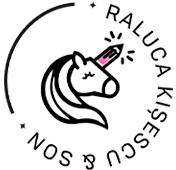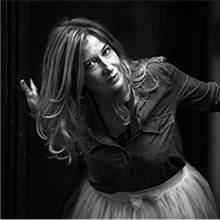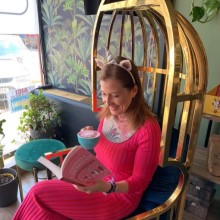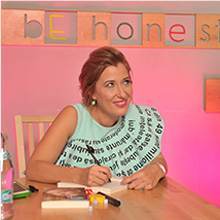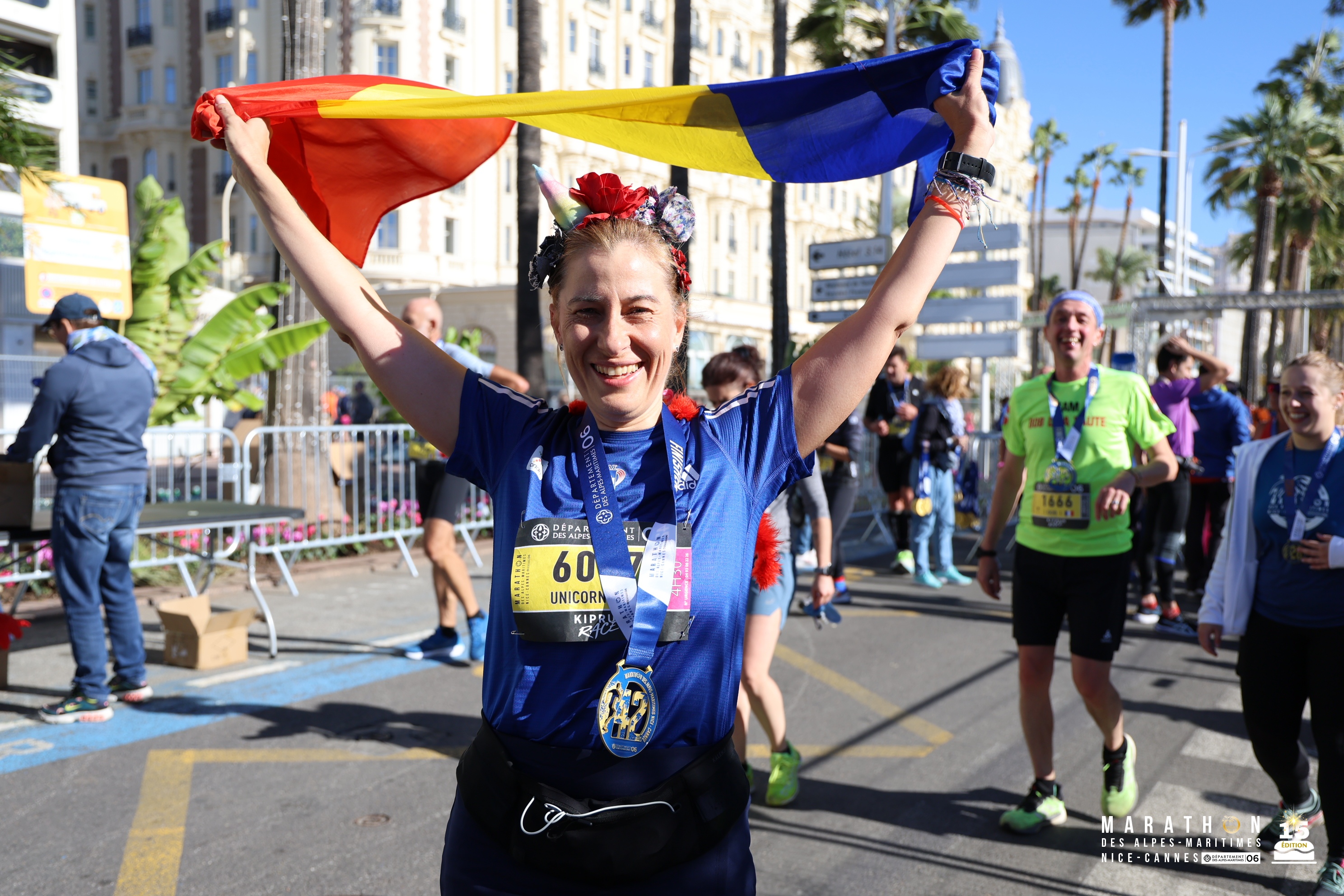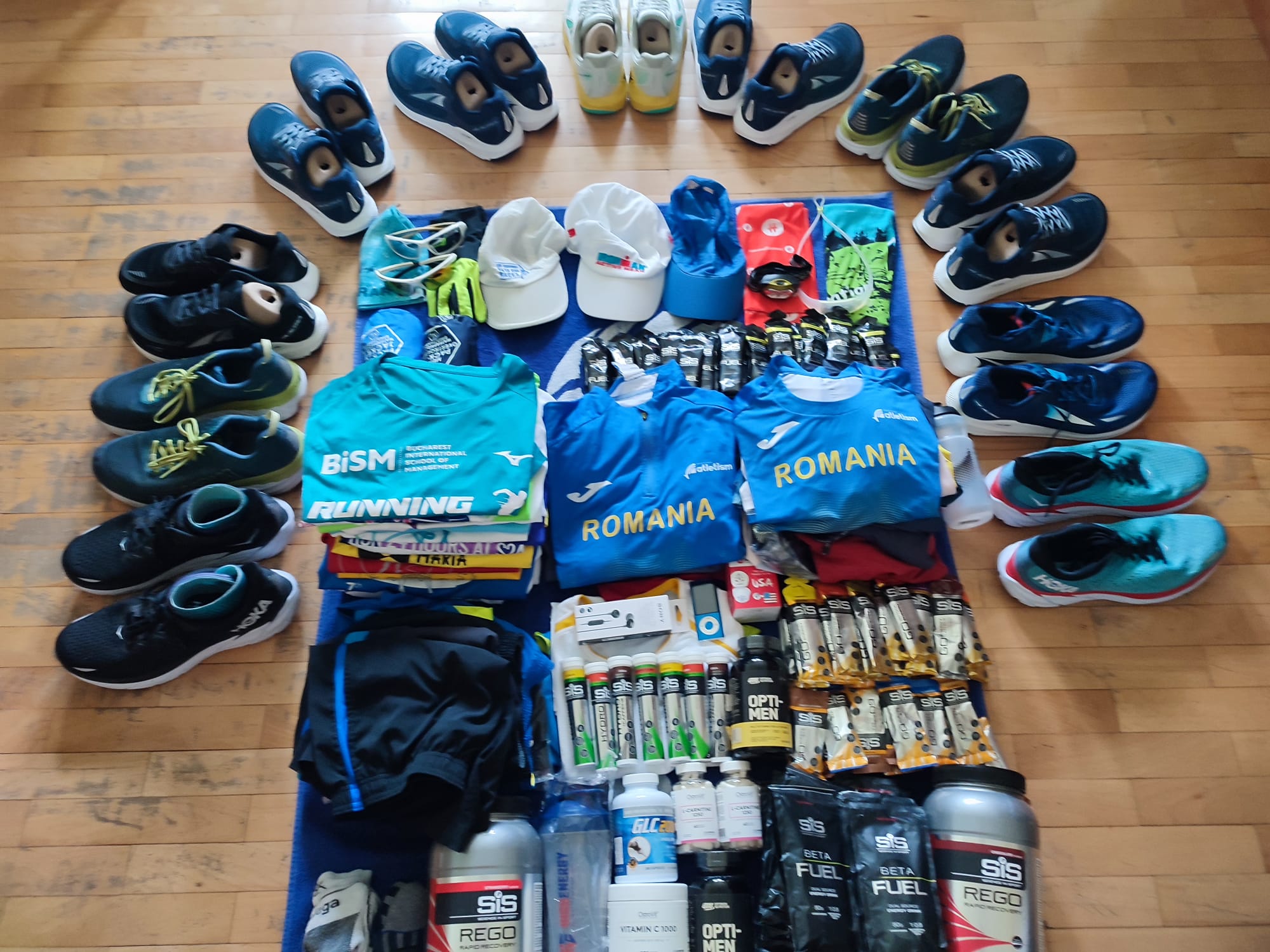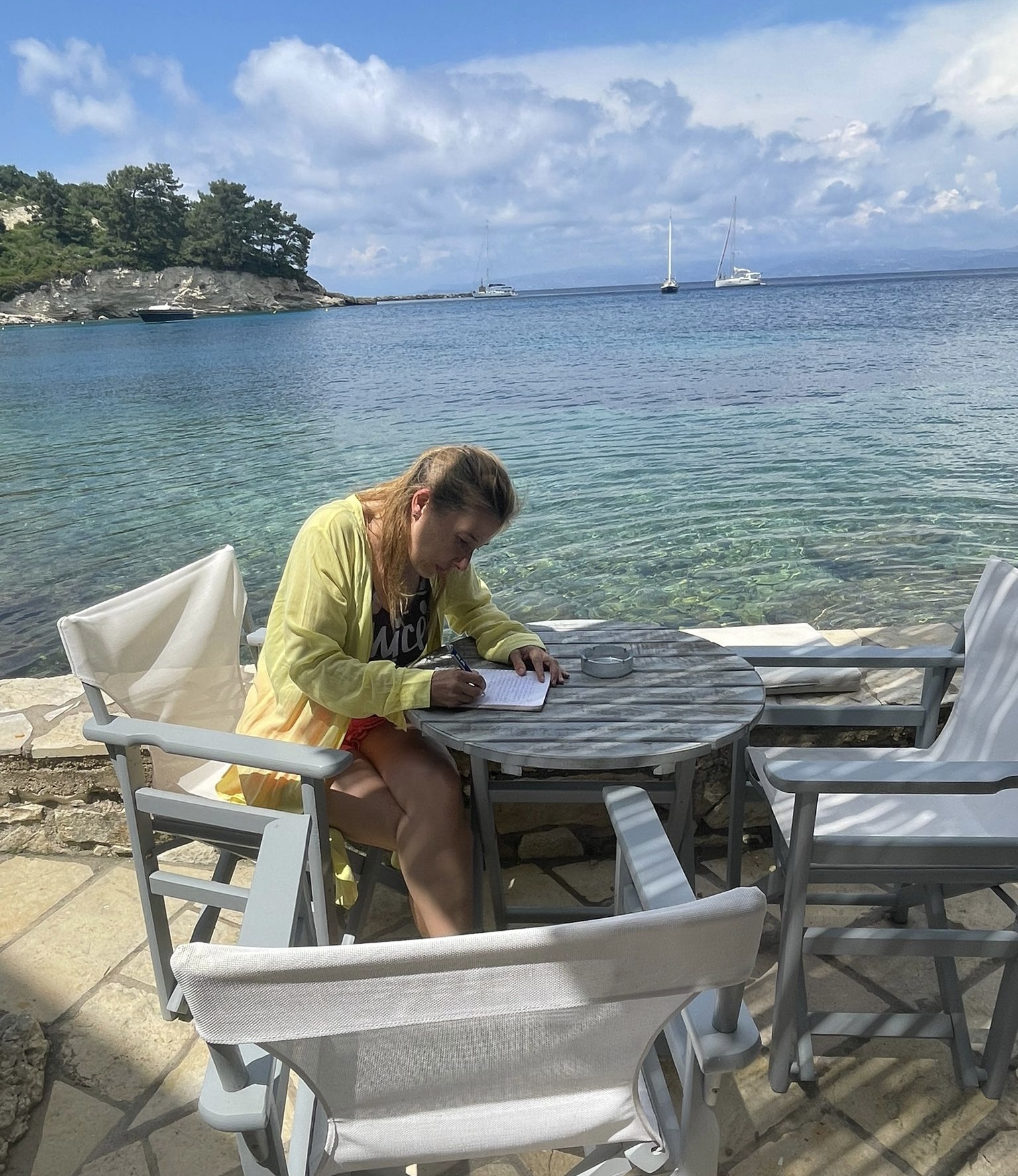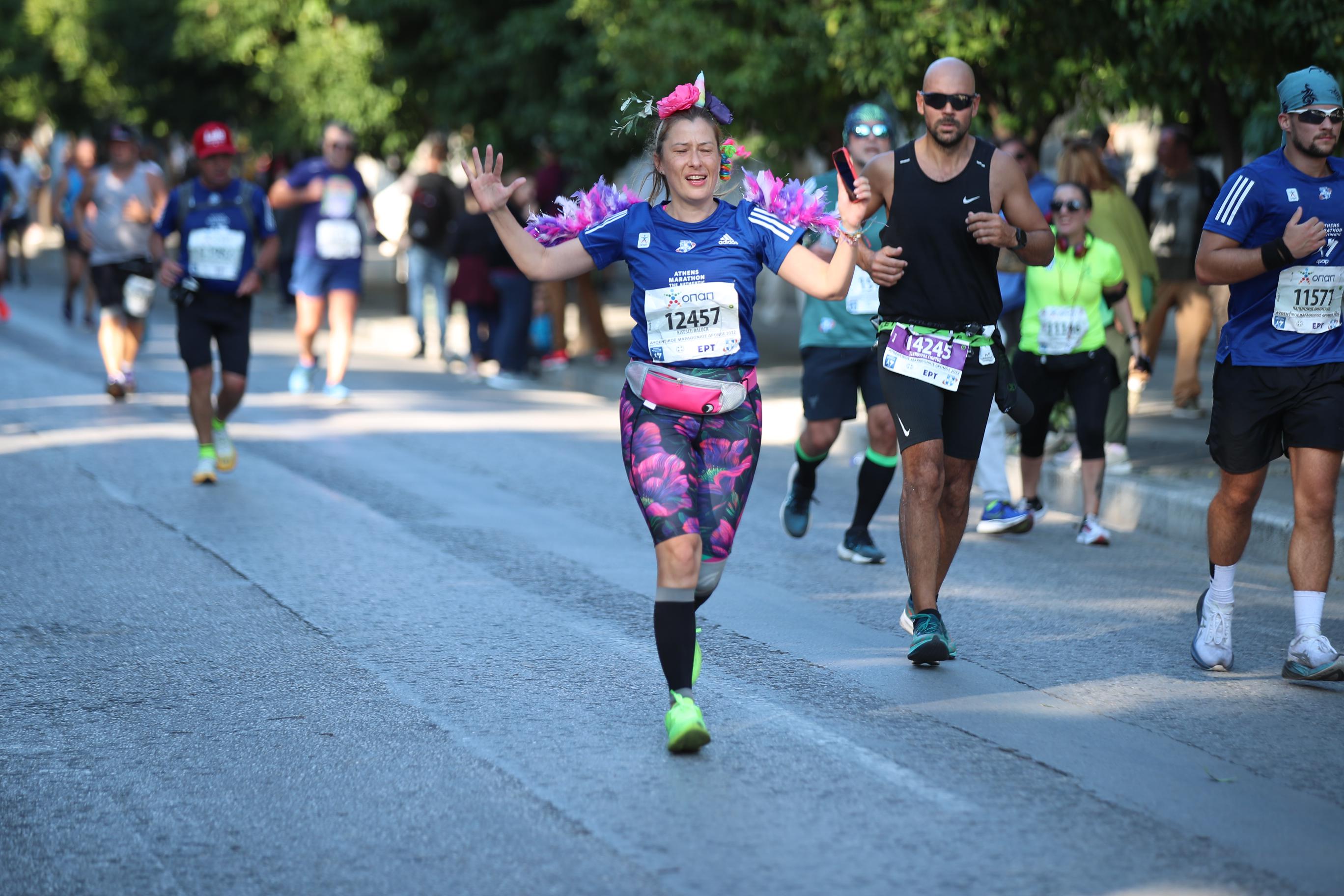GPeC e-commerce conference: key takeaways on most critical e-com pages & trends, failing and scaling up (part 2/2)

GPeC e-commerce conference: key takeaways on most critical e-com pages & trends, failing and scaling up (part 2/2)
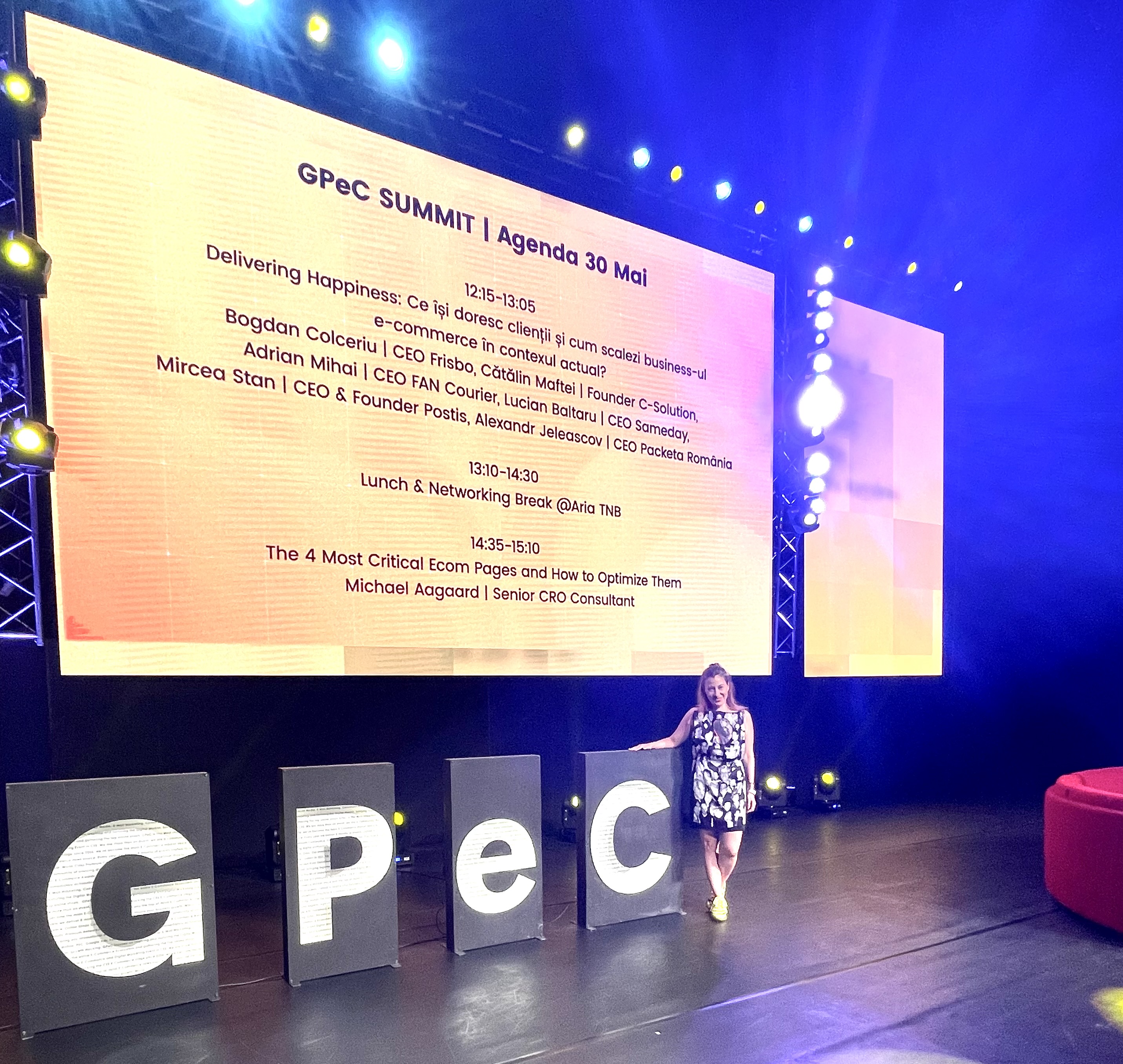
This is the second article covering GPeC - Gala premiilor in e-commerce conference (The Awards Gala in e-commerce) that took place on May 30, 2022.
For those who have not read the first part, here is the link:
For those who have read it, you can start here (just to show you that I graduaded a computer science high school and I like the logical trees:).
The second half of the conference was dedicated to:
- The 4 Most Critical Ecom Pages and How to Optimize Them
- (E)Commerce Trends & The Future of Retail
- Concept != Execution. Failing to Succeed (exemples of practical tests done at Booking to improve conversion)
- The road from a start-up to a successful e-commerce with two local examples (neakaisa.ro, flip.ro)
A. The 4 Most Critical Ecom Pages and How to Optimize Them
Michael Aagaard, Senior CRO Consultant
The 4 most critical e-com pages are:
- Home page (HP)
- Product List Page (PLP)
- Product Description Page (PDP)
- Cart
Why are they the most important?
- Because they represent:
- high volume/high impact pages
- they are a significant part of the customer journey
- they are easy to change and experiment with
When talking about each of them, Michael covered 4 bullet points:
- marketing objectives
- key insights
- template suggestion
- to-do-list
(that made his presentation 100% useful and practical and easy to follow).
Moreover, he offered “this is ok”, “this is not ok” examples (pointing out when some retailer was doing a good or not a good job) and I will not avoid sharing them with you, even if some cases are ex-Clients that I worked with. But I do not want to use double standards and they are very smart, therefore they will take it as a way to improve. GG!
1. HP:
- a. objectives:
- this is the front door - what shop is this?
- get the visitors to PLP/PDP
- facilitate “broad” and “specific” shopping
- b. key insights:
- users do not scroll much on HP (only 50% scroll to the 2nd page) and it makes your page slow (eg Fashion Days, your HP is way too long). Therefore, the first screenful is CRUCIAL (eg juststrong.com), but do NOT clutter it (Flanco, take care).
- show categories & products (eg bhphotovideo.com, emag.ro, aboutyou.ro)
- do NOT block access with overlays & offers
And here comes my favourite quote from the second part of the conference: Page 2 of google is the most effective way to hide a dead body.
- c. template - Logo/Title or brand name plus a brief description and or value proposition so the users know what to expect/Main CTA/Credibility indicators - 1,2,3/Category and Product row
2. PLP:
- a. objectives:
- provide a clear overview of items in a category
- make it very easy to navigate categories
- funnel users to product display pages
- b. key insights:
- SHOW ME the PRODUCTS! (eg londonsockcompany.com)
- avoid promos and features that are out of place (evomag.ro, take care)
- clear separation between list items (watch out, cora.ro)
- thumbnail, product title, price, variations (eg target.com, aboutyou.ro)
- clear, easy-to-acces filters (ag. answear.ro)
- c. template - Logo/Category name and 4 product title per page/Product title filter and sort by
3. PDP:
- a. objectives:
- make the products as “tangible” as possible
- answer questions, provide descriptions and details
- get them to add to cart
- b. key insights:
- at least 3-5 high quality images with clear UI
- variations: buttons for seizes and swatches for colours (eg answear.ro)
- shipping, delivery, return close to button
- product description (it is important that we have the details first, only after you start cross-selling!) (eg evomag.ro)
- c. template: Product title with short description/Choose colour/Choose size/Add to Cart/Info on shipping, delivery and return/Product description and details plus delivery and return policy reminder/You might also like
4. CART:
- a. objectives:
- provide clear overview of items in cart and price
- make it easy to adjust items and quantity
- prime/genius users for checkout
- b. key insights:
- clear overview of total items and total price (eg fashiodays.ro)
- add relevant cross-selling item (eg fashiondays.ro)
- use slide-out cart
Actionable to-do-list:
- use key insights & tips
- use templates as inspiration
- check your web & mobile
- write a list of 10 optimization ideas
- schedule meetings with stakeholders
Q: Which is the most critical page? A: PDP
B. (E)Commerce Trends & The Future of Retail
This was a pannel discussion moderated by Raluca Radu and the participants were:
- Cristi Movilă (General Manager Eastern Europe VTEX)
- Daniel Nicolae (Co-Founder & Managing Partner Innoship)
- Mihai Vînătoru (Co-Founder & CEO DWF)
- Ruxandra Geantă (Co-CEO BaseLinker Romania)
- Ionut Sabadac (VP Merchant Solutions TBI Bank).
B.1. What have you noticed in your business in the first 5 months of 2022?
Baselinker:
- innovative solution, available from January 2022 via Poland (manages and automatizes all processes from your online shop into one single interface)
VTEX:
- the online shops are more interested to open a marketplace (which is kind of obvious evolution for any mature business and it is easier - because you add cosmetics to fashion without the hustle of having buyers, marketing, etc)
- there are more than 200 marketplaces now
- focus on what you know to do best as a shop (specialisation and marketplace listing)
Innoship:
- easy connection to couriers (of generating AWBs) if you want to explore new territories as an eshop
- we help you to optimize the courier allocation
- more than 70k orders processed daily
- our target: you as a retailer not to have to connect with couriers, but to have an automated process
TBI Bank:
- BNPL (Buy Now Pay Later) solutions
- e-commerce market in Romania was evaluated at 7 billion euros in 2021, representing a small % from the GDP
- pandemics helped gain new customers, therefore the online retailers are busy and have to prioritise which software developments to start with
- the culture of BNPL is more for offline in Romania
DWF:
- we are a full service agency as of 20221, we started in 2013 as a SEO agency
B.2. What trends do you expect in e-commerce in the next period?
VTEX:
- the interactional commerce has increased (no chatbot), similar to the offline experience
- we do not invent anything in Romania, we follow trends (eg live commerce will come here too)
- we encourage to cross-border
Innoship:
- in 2020 the fashion retailers took advantage of our offer: any courier could have access to the Innoship solution in 2 weeks
- we are present in 9 European countries
- we offer insurance services for the transportation period for the half market price
- Portugal - many Romanian eshops do not think of this market, but we encourage them to do
TBI Bank:
- electro-IT is mostly using BNPL option (it is in the old culture of credit with your ID, therefore they know how to sell it)
B.3. The purchasing power is decreasing, what kind of solutions do you have?
DWF:
- we delivered 250 SEO and paid ads campaigns
- the majority localised sites are unfortunately of low quality - so if they had the courage to come here, we could dare going in the region and not be afraid of failure
VTEX:
- human resources are critical
- e-commerce had a linear increase from 2007 up to 2020
- 2020 recorded an abrupt increase requiring more people, more specialists in very short time - therefore we all fought for the same available human resources
- it is critical for us all to look at the same growth routes
- TRAINING is crucial - including a professional reconversion
Here comes my second favourite quote on the second part of the conference: Do not expect to take value from the new comer in your team, but be the one who offers value!
DWF:
- we took the decision of 100% remote work in Romania or elsewhere and eliminated the workspaces
- instead we have a TRAINING ROOM where, on a weekly basis, we organize specific trainings (eg applied modules dedicated to the new GA4)
- we want to educate the shops for cross border selling
Baselinker:
- we offer the necessary tools without investment in traffic
B.4. How do you see the future in e-commerce (2022-2023)?
Innoship:
- we are optimistic, this reality does not ressemble 2008-2009 (we are more prepared), we do not have a blocked banking system, we do not have unemployment (we steal people one from another:)
TBI Bank:
- many industries will ask for new solutions at checkout (the most recent example - from the insurance industry, we signed a partnership with 3 online platforms)
B.5. What should an online shop do?
VTEX:
- pay attention to data - improve expenses, do not apply the principle “it goes with the flow”
Innoship:
- have patience (think on long term)
DWF:
- implement GA4 ASAP
- talk with your customer
Baselinker:
- data - flexibility & efficiency (this is what we have learned in the past 2 years)
TBI Bank:
- adopt BNPL
C. Concept != Execution. Failing to Succeed
Erin Weigel, Senior Design Manager | Former Principal Designer Booking.com
Erin worked at Booking for 9 years as a Principal Designer. Booking is world’s largest accomodation booking website (2 million places to stay, 1 million room nights booked daily, 120 million verified property reviews)
Booking got big because we strategically made mistakes, she said.
A great book to read on the failure topic is The Compound Effect (Jumpstart Your Income, Your Life, Your Success) by Darren Hardy - https://www.emag.ro/the-compound-effect-de-darren-hardy-9781593157241/pd/DRF5CSBBM/
Here comes my third favourite quote on the second part of the conference: The concepts do not fail, execution does.
- There are more ways to fail at testing than to succeed
- Pageload time is very important (eg the high resolution images may increase pageload time, so do not pick the highest resolution, but the one that is still good quality but fast loading). The invisible impacts UX just as much as the visible.
- Bugs. Therefore invest in your tooling. (Track stuff on both backend and frontend).
- Numbers do not tell you why, user research does (travel the world and observe).
- Noisy tracking. If you have low traffic you can not have effective testing
- Poor design choices.
- (Erin asked how many designers were in the cofnerence room - very few hands raised. More designer should come to this conference, she said!
- Hierarchy font weight (serif versus Sans-Serif).
- She showed us an example of a poor font choice that impacted the visibility.
- System fonts (we love custom typology) are great for localisation
- Usability and accessibility matters (color contrast is good)
- An idea ahead of its time?
Here comes my fourth favourite quote on the second part of the conference: Products need to evolve as fast as people do.
Learnings on testing:
- Technical implementation matters
- Tracking matters
- Design choices matter
- Timing matters
- Read a lot of design theory (typology, etc)
D. The road from a start-up to a successful e-commerce with two local examples (neakaisa.ro, flip.ro)
Laura Sardescu (Co-founder & CMO neakaisa.ro) and George Moroianu (Co-Founder flip.ro) had an open, straight-to-the point and fun discussion with the host Marian Hurducaș (Necktie Agency).
Laura introduced herself as the lady who sells water closets. She said that one of the reasons that people did not belive in her idea at the beginning was the name (neakaisa, which is the usual nickname for any handyman whose name you can not remember seemed not too serious to be taken into account for setting your bathroom).
D.1. Where did you start and where are you now?
Neakaisa:
- we started from DIY, screwdrivers, lawn mowers and bathroom setting and now we do consulting selling
- we started with 16k euros, out of which 8k were non-refundable
flip:
- in 2019 we realised that it takes a lot of time and effort to sell your pre-used phone on other platforms (photos, meeting in person, etc), therefore we decided we should do a managed marketplace for that and offer the same experience with the one for buying a new phone
- now we offer a service with 65 people and 12 month guarantee plus 30 days return policy
- we had 3 pitches: first one 120k euro (7 cards + Techcelerator), second one 250k euro and last one 1,5 mil euro from eMAG Ventures (now the single investors). Meanwhile, we got 6,5 million euro (mid May)
D.2. Performance marketing or branding?
Neakaisa:
- big downfall in December 2016
- there was this question: performance marketing or branding (I do believe this is the key in the long run)
flip.ro:
- we found the product market quite fast (90% of the marketplace is constant supply)
- we would have not launched the shop if we had not had products to sell
- we chose performance, we wanted to see ROIs
- in march 2019 the initial investment was approximately 50k euro
D.3. How much is the marketing budget? % from revenue?
Neakaisa:
- 800 lei in 2017 with a slight increase to 850:)
- 5-7% in 2022
flip:
- on the rise:)
D.4. Insights & plans
Neakaisa:
Here comes my fifth favourite quote on the second part of the conference: We are in an online ecosytem. During the pandemic, more people started buying online. If I did not offer a nice experience for their first online shopping at neakaisa, they would buy neither books, nor anything else online, because I offered them their first online bad experience.
flip:
- with the last investment we plan to accelerate the growth in Romania and launch Bulgaria on June 2nd (I checked, they did it). Next in line is the Hungarian market
- the most difficult moment after the investment: to BUILD TEAMS, effective teams
- think big from the very beginning
- new categories: laptops, smartwatches, Ipads, but we do not want to jump to new categories for the moment
Q: How do you hire when you are 24 years old?
A: Age was not an obstacle, we spoke to open minded people
